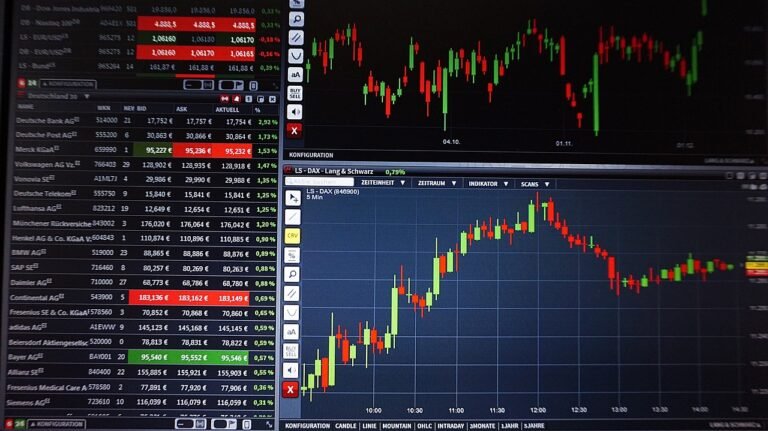
In the world of forex trading, supply and demand are like the backbone that holds everything together. They explain why prices move the way they do and how traders can predict these movements to make better trading decisions. If you’re wondering why everyone talks about supply and demand so much, let’s break it down and see why they are such a big deal in forex trading.
What Are Supply and Demand in Forex?
Supply and demand in the forex market represent the number of buyers and sellers at any given time. When demand is higher than supply (meaning more buyers than sellers), prices go up. When supply is higher than demand (more sellers than buyers), prices go down. This constant tug-of-war between buyers and sellers creates the price movements you see on your charts.
How Supply and Demand Influence Price Movements
Understanding supply and demand helps traders figure out where the market might move next. Here’s how it works:
- High Demand = Price Increases: When there are more buyers than sellers, prices rise because buyers are willing to pay more to get what they want.
- High Supply = Price Decreases: When there are more sellers than buyers, prices drop because sellers are willing to accept lower prices to offload their currency.
Why Supply and Demand Are Crucial for Traders
So, why are supply and demand so important? Because they help traders predict future price movements! By understanding where supply and demand zones are on a chart, you can make smarter decisions about when to buy and when to sell.
- Better Timing: Knowing where demand is strong lets you enter trades when the price is likely to rise. Similarly, recognizing supply zones helps you exit trades before prices drop.
- Avoid Bad Trades: By spotting these zones, you can avoid making trades in areas where the market is likely to reverse, saving yourself from unnecessary losses.
- Clearer Risk Management: Supply and demand zones help you set stop-losses and take-profits in a way that minimizes risk and maximizes rewards.
How to Identify Supply and Demand Zones
Spotting supply and demand zones isn’t too tricky once you know what to look for:
- Demand Zones: These are areas where prices rose sharply after falling, indicating that buyers stepped in to push the price up.
- Supply Zones: These are areas where prices dropped quickly after rising, showing that sellers overwhelmed buyers and pushed the price down.
- Sharp Movements: Big moves on the chart often signal that a supply or demand zone has been created, so keep an eye out for strong price movements.
Conclusion
In forex trading, supply and demand are the building blocks that explain why prices move. Understanding these forces helps you make better trading decisions, avoid unnecessary losses, and improve your overall strategy. Start practicing how to identify supply and demand zones, and soon you’ll see just how powerful this knowledge can be!